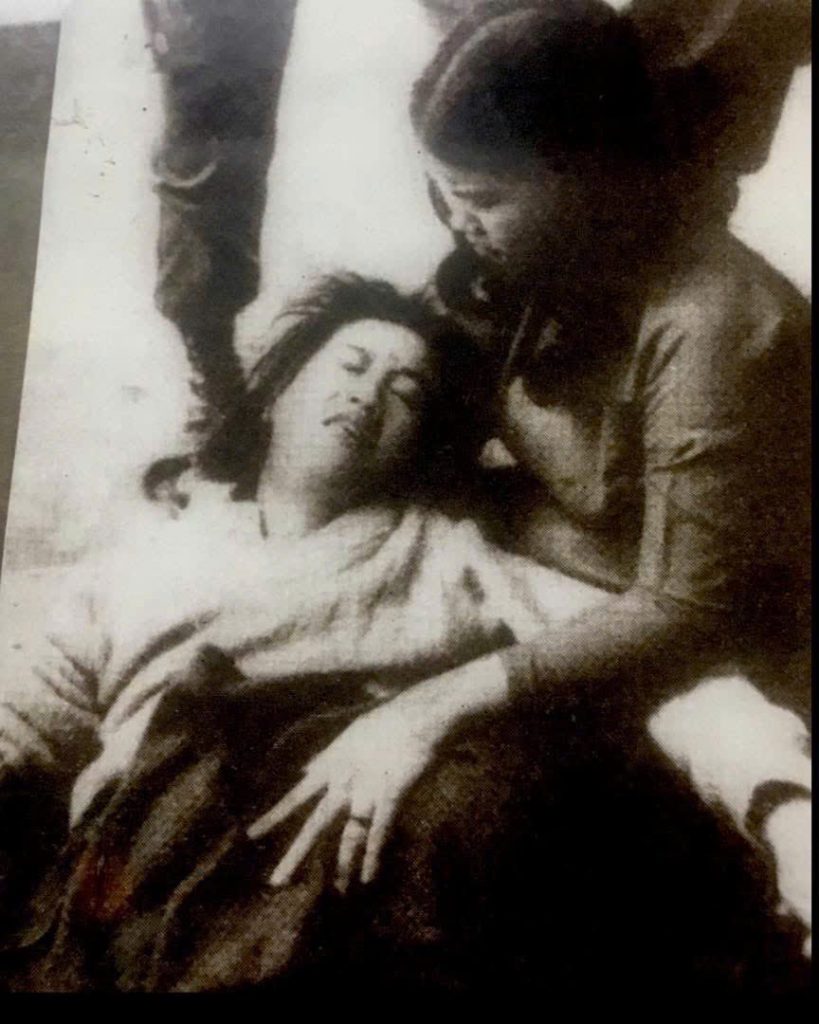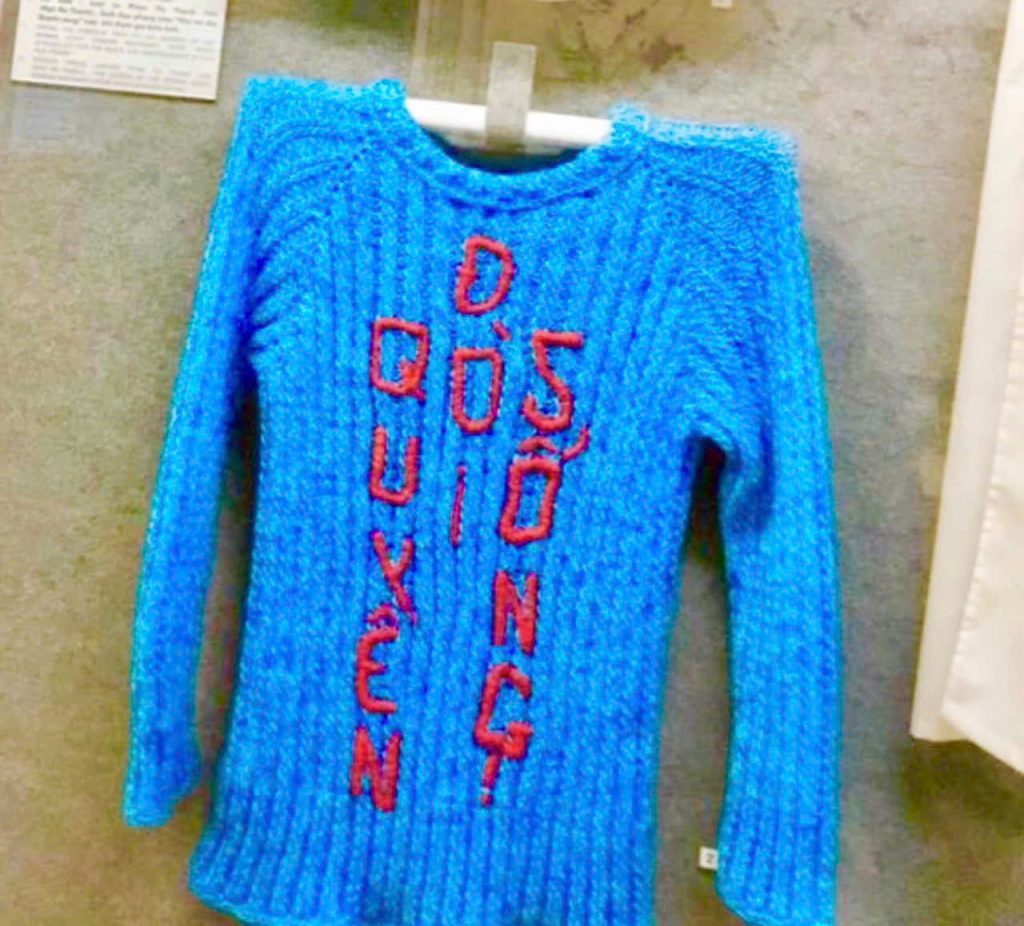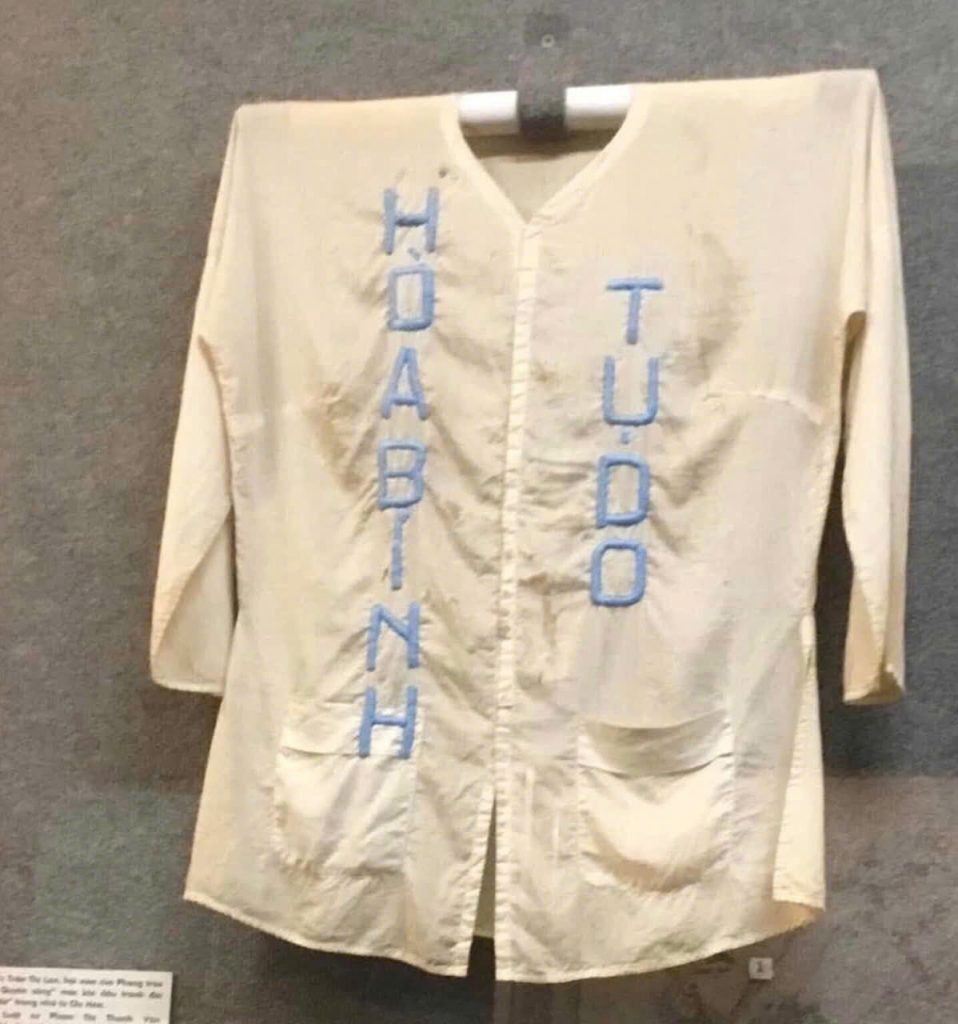The Women’s Movement for the Right to Live: A Flame of Defiant Struggle in the Heart of the Enemy.
ChatGPT đã nói:
When Pain Speaks Out
The escalating war of American imperialism had suffocated the cities of Southern Vietnam, creating an atmosphere of oppression. In the summer of 1970, the brutal massacre of thousands of overseas Vietnamese in Cambodia by the Lon Nol government became the breaking point, igniting a fire of anger in the hearts of the people of Saigon, Chợ Lớn, and Gia Định. A series of protests and marches initiated by students and schoolchildren attracted a large turnout from all walks of life, especially women. It was in this charged atmosphere that a vast and unique public front for women’s struggle was born.
On July 26, 1970, after a congress bringing together 15 women’s organizations, the initial formation of the “Women’s Committee for the Right to Live” was established. The committee’s declaration rang out like a solemn oath: “Peace is the urgent and necessary aspiration of all the people of Vietnam” and “Women unite into one block, standing side by side with people from all walks of life to fight for PEACE and the RIGHT TO LIVE.”

Phong trào phụ nữ đòi quyền sống chào mừng thắng lợi của cuộc kháng chiến chống Mỹ cứu nước và ngày Quốc tế Lao động ngày 1-5-1975
On August 2, 1970, at the Ấn Quang Pagoda in Saigon, the Women’s Committee for the Right to Live was officially launched in a gathering that showcased the powerful mobilization of the women of the city. The event was attended by over 1,000 people, representing a broad spectrum of social classes, professions, and organizations.
The Vanguard Flags
The heart and soul of the movement was Lawyer Ngô Bá Thành, an embodiment of profound intellect, a deep love for the nation, and a courageous spirit. He sacrificed his life abroad, returning to Vietnam with his family to join the nation’s struggle. Alongside him was General Secretary Trần Thị Lan, a brilliant, resolute, and passionate educator. Together with other respected figures such as Abbess Huỳnh Liên and representatives from various labor unions, they formed a masterful and strategic leadership that steered the movement through every challenge and hardship.

Bà Ngô Bá Thành và bà Trần Thị Lan tại phiên tòa xét xử hai lãnh đạo Phong trào Phụ nữ đòi quyền sống
In order to build a more legitimate and widespread mass base, the Committee officially changed its name to the “Vietnamese Women’s Movement for the Right to Live” during an extraordinary congress on October 18, 1970. The movement not only established strong ties with the working-class communities but also skillfully garnered the participation of female intellectuals, business owners, high-ranking officials, and even the wives of senior figures in the Saigon government. Starting in Saigon, the movement rapidly expanded to the provinces. Under its influence, numerous other grassroots organizations emerged, with the Farmers’ Movement for the Right to Live being one of the most notable.
The Uncompromising Struggle

Chiếc áo len bà Ngô Bá Thành tự tay đan, thêu trong tù có dòng chữ ĐÒI QUYỀN SỐNG
The Unyielding Spirit Behind Bars
Imprisoned and subjected to brutal conditions in various enemy prisons, Ngô Bá Thành, Trần Thị Lan, and many other leaders of the movement continued their relentless fight, upholding their dignity and unwavering spirit despite the harsh torture they endured. Notably, in Chí Hòa prison, Ngô Bá Thành and Trần Thị Lan launched a unique and creative form of resistance: they initiated a radio program called “The Voice of Women for the Right to Live.” Using a flowerpot as a makeshift speaker, every evening, they broadcast “self-made” news in Vietnamese, English, and French, denouncing the cruel prison system, chanting resistance slogans, boosting the morale of fellow prisoners, and sending signals to the outside world.
Meanwhile, outside the prison, the movement remained steadfast in its activities, working closely with the Prison Reform Committee to demand the release of political prisoners.

Chiếc áo bà ba có thêu khẩu hiệu TỰ DO, HÒA BÌNH của các nữ tù nhân chính trị phong trào Phụ nữ đòi quyền sống mặc trong cuộc biểu tình, tuần hành
The Everlasting Vitality
In the final years of the war, the Women’s Movement for the Right to Live continued to align itself with the broader struggles of the people in Southern Vietnam. They supported journalists during the “Journalists Going Hungry Day” to protest the regime’s repression of free speech, and organized numerous seminars in support of the indictment against the Nguyễn Văn Thiệu government, while calling on the U.S. to cease military aid.
During the historic Hồ Chí Minh Campaign, most members of the movement actively participated in revolutionary activities, making a silent but vital contribution to the ultimate victory of the nation.
The Women’s Movement for the Right to Live is a powerful testament to the spirit of unity and the strength of the masses, especially women, in the fight for national liberation. Drawing on a rich tradition spanning thousands of years, they fought courageously on all fronts, playing a pivotal role in the resounding victory of the Spring Offensive in 1975. While the war may be behind us, the Women’s Movement for the Right to Live continues to serve as a source of pride and inspiration, empowering and motivating generations of Vietnamese people – especially women – in the ongoing mission to build and protect a strong, prosperous, and peaceful Vietnam.
Thu Hoàn
Source: The Women of Vietnam Newspaper
